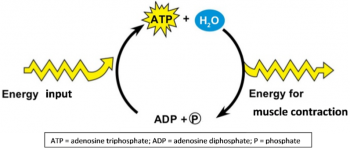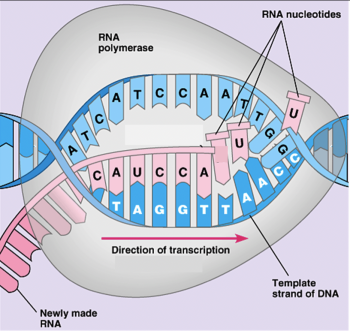
In the first section of this analysis and discussion activity, students learn that different versions of a gene give the instructions for making different versions of a clotting protein, which result in normal blood clotting or hemophilia.
Next, students learn how genes provide the instructions for making a protein via the processes of transcription and translation. They develop an understanding of the roles of RNA polymerase, the base-pairing rules, mRNA, tRNA and ribosomes.
Finally, students use their learning about transcription and translation to understand how a change in a single nucleotide in the hemoglobin gene can result in sickle cell anemia.
Throughout this activity, students use the information in brief explanations, figures and videos to answer analysis and discussion questions.
This activity can be used to introduce students to transcription and translation or to reinforce and enhance student understanding.
If you prefer a hands-on activity that uses simple paper models to simulate the molecular processes of transcription and translation, see “How Genes Can Cause Disease – Introduction to Transcription and Translation” (http://serendipstudio.org/sci_edu/waldron/#trans).

 © Serendip® 1994 - All rights reserved. Privacy Policy
© Serendip® 1994 - All rights reserved. Privacy Policy
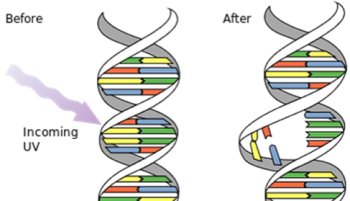 Students learn about the effects of UV light, mutations and DNA repair on the survival of prokaryotes and the risk of skin cancer. In the first experiment, students evaluate the effects of different durations of UV exposure on survival and population growth of Haloferax volcanii. This experiment also tests for photorepair of DNA damage. Students design the second experiment, which evaluates the effectiveness of sunscreen. In addition, students answer analysis and discussion questions that promote their understanding of molecular biology, cancer, and the interpretation of experimental results.
Students learn about the effects of UV light, mutations and DNA repair on the survival of prokaryotes and the risk of skin cancer. In the first experiment, students evaluate the effects of different durations of UV exposure on survival and population growth of Haloferax volcanii. This experiment also tests for photorepair of DNA damage. Students design the second experiment, which evaluates the effectiveness of sunscreen. In addition, students answer analysis and discussion questions that promote their understanding of molecular biology, cancer, and the interpretation of experimental results. 
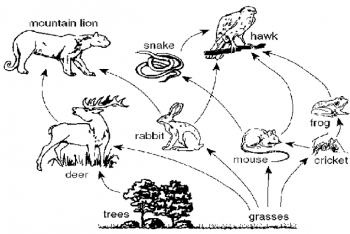
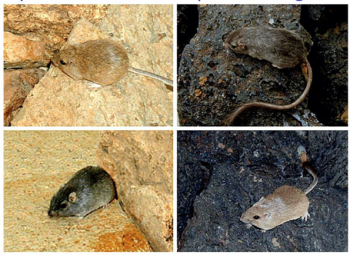

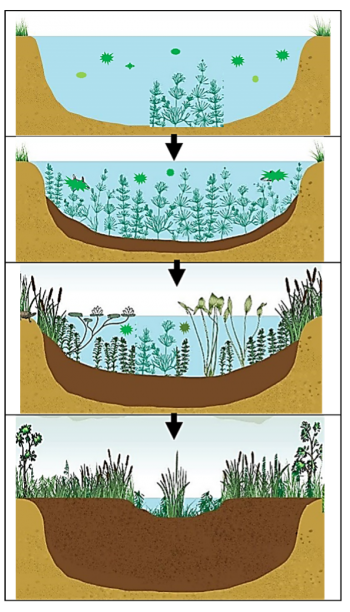
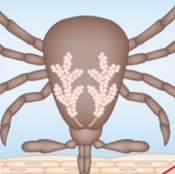 This analysis and discussion activity engages students in understanding the lifecycle and adaptations of black-legged ticks and the relationships between these ticks, their vertebrate hosts, and the bacteria that cause Lyme disease.
This analysis and discussion activity engages students in understanding the lifecycle and adaptations of black-legged ticks and the relationships between these ticks, their vertebrate hosts, and the bacteria that cause Lyme disease.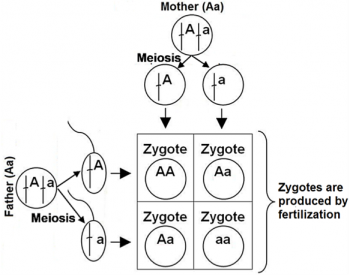 In this hands-on, minds-on activity, students use model chromosomes and answer analysis and discussion questions to learn about the processes of meiosis and fertilization.
In this hands-on, minds-on activity, students use model chromosomes and answer analysis and discussion questions to learn about the processes of meiosis and fertilization.
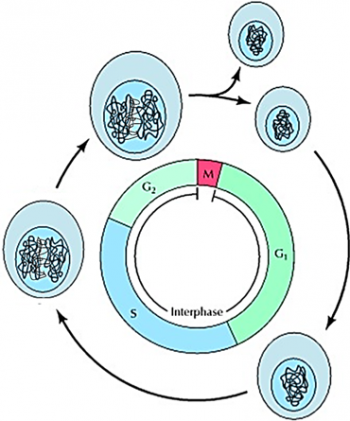 In this hands-on, minds-on activity, students use model chromosomes and answer analysis and discussion questions to learn how the cell cycle produces genetically identical daughter cells.
In this hands-on, minds-on activity, students use model chromosomes and answer analysis and discussion questions to learn how the cell cycle produces genetically identical daughter cells. In the first part of this activity, students learn how to use the floating leaf disk method to measure the rate of net photosynthesis (i.e. the rate of photosynthesis minus the rate of cellular respiration). They use this method to show that net photosynthesis occurs in leaf disks in a solution of sodium bicarbonate, but not in water. Questions guide students in reviewing the relevant biology and analyzing and interpreting their results. In the second part of this activity, student groups develop hypotheses about factors that influence the rate of net photosynthesis, and then each student group designs and carries out an investigation to test the effects of one of these factors. (NGSS)
In the first part of this activity, students learn how to use the floating leaf disk method to measure the rate of net photosynthesis (i.e. the rate of photosynthesis minus the rate of cellular respiration). They use this method to show that net photosynthesis occurs in leaf disks in a solution of sodium bicarbonate, but not in water. Questions guide students in reviewing the relevant biology and analyzing and interpreting their results. In the second part of this activity, student groups develop hypotheses about factors that influence the rate of net photosynthesis, and then each student group designs and carries out an investigation to test the effects of one of these factors. (NGSS)
